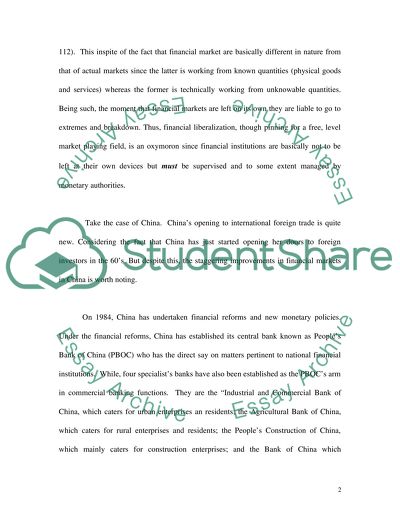Cite this document
(Financial Liberalisation Coursework Example | Topics and Well Written Essays - 2000 words, n.d.)
Financial Liberalisation Coursework Example | Topics and Well Written Essays - 2000 words. Retrieved from https://studentshare.org/finance-accounting/1502713-financial-liberalisation
Financial Liberalisation Coursework Example | Topics and Well Written Essays - 2000 words. Retrieved from https://studentshare.org/finance-accounting/1502713-financial-liberalisation
(Financial Liberalisation Coursework Example | Topics and Well Written Essays - 2000 Words)
Financial Liberalisation Coursework Example | Topics and Well Written Essays - 2000 Words. https://studentshare.org/finance-accounting/1502713-financial-liberalisation.
Financial Liberalisation Coursework Example | Topics and Well Written Essays - 2000 Words. https://studentshare.org/finance-accounting/1502713-financial-liberalisation.
“Financial Liberalisation Coursework Example | Topics and Well Written Essays - 2000 Words”, n.d. https://studentshare.org/finance-accounting/1502713-financial-liberalisation.


